Who doesn’t know Louis Armstrong? He was one of the most influential musicians who revolutionized the history of jazz. What instrument did Louis Armstrong play?
Louis Armstrong, a world-renowned American vocalist, and trumpeter had used many trumpets throughout his career. But his most popular trumpet of all was the one made by Henri Selmer of Paris. This brass trumpet is now displayed at the National Museum of African American History and Culture.
Read on to learn more about the instrument that Louis Armstrong played.
Also, we hope you find the links here useful. We may get a commission if you purchase something through a link on this page, so thank you!
What Instrument Did Louis Armstrong Play?
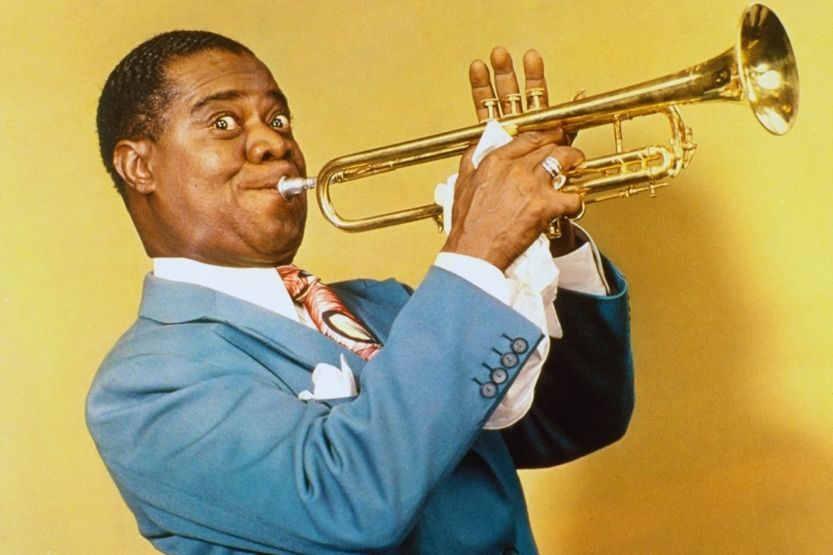
Louis Armstrong was an American trumpeter and vocalist. His most popular trumpet is now displayed at the National Museum of African American History and Culture (NMAAHC). Henri Selmer of Paris made it.
This particular instrument kept at NMAAHC is a brass trumpet with a Henri Selmer inscription. Also on display are its mouthpiece and case. It also has “Louis Armstrong” engraved on its lead pipe.
Joe Glaser, Armstrong’s manager, and close friend, requested Selmer Instrument Company to customize a trumpet for Armstrong in February 1946. Selmer quickly agreed and made this personally inscribed Selmer B-flat trumpet. It was produced only for Armstrong and was never mass-produced.
Who Is Louis Armstrong
Louis Daniel Armstrong was also known as Satchmo, Satch, or Pops. He was an internationally known trumpeter and undeniably one of the most influential artists in jazz history.
Born in 1901
Armstrong claimed that he was born in 1900, but legal documents stated that he was born in 1901. He was raised in New Orleans, Louisiana, and lived in poverty. But as a young boy, he was already part of a boys’ quartet and sang when he was not doing odd jobs.
Learned to Play Cornet in 1913
He was sent to the Colored Waifs Home in 1913 as a juvenile delinquent. It was during that time when he learned to play the cornet. Music soon became his passion as he found himself quickly learning to play music.
Listened to Jazz Artists
When Armstrong reached his teens, he continued to learn music by simply listening to jazz artists perform. These artists included the famous New Orleans cornetist King Oliver.
Played in Marching and Jazz Bands
Armstrong was a fast learner. People soon found him playing in marching and jazz bands at such a young age. He was such a remarkable player that he was chosen to replace Oliver as the cornetist of the Kid Ory band in 1918. In the 1920s, he became part of Mississippi riverboat dance bands.
Brief Overview of the Career of Louis Armstrong
Part of the Creole Jazz Band
In 1922, Armstrong followed his mentor Oliver to Chicago, Illinois, to be part of the Creole Jazz Band. This opened an opportunity for Armstrong to meet other popular jazz musicians, including Lil Hardin, Hoagy Carmichael, and Bix Beiderbecke.
Became an Influential Recording Artist and Band Soloist
As he continued to expand his network in the music industry, he eventually met the famous bandleader Fletcher Henderson. It was Henderson who encouraged him to start a career in New York City. There, Armstrong became a musically influential recording artist and band soloist.
Armstrong and his second wife Lil Hardin returned to Chicago to start a career together. He also started forming his jazz bands. Even though they returned to Chicago, Armstrong continued touring nationwide until he settled in Queens County, New York.
A National Music Icon in 1950s
By the 1950s, Louis Armstrong is already a national musical icon. He was on the radio, TV shows, and movies aside from his concert performances.
Nominated Three Times in the Grammy Awards
Armstrong appeared in the movies “Hello, Dolly,” starring Barbra Streisand, and “High Society,” starring Frank Sinatra, Grace Kelly, and Bing Crosby. He was nominated three times in the Grammy Awards and won once for his vocal performance in the film “Hello, Dolly.”
He was then inducted into the Rhythm & Blues Hall of Fame in 2017.
Distinct Talent of Louis Armstrong
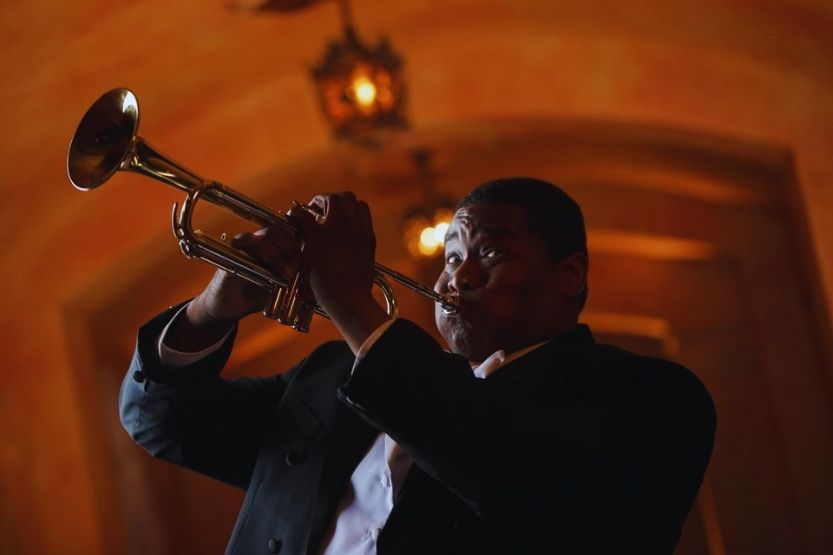
Armstrong Has a Recognizable Voice
Armstrong had an instantly recognizable voice. It was rich and gravelly, and he could impressively bend a song’s lyrics and melody. But aside from singing, he was a highly skilled trumpeter too. His exceptional skills in singing and trumpet playing never failed to create such a charismatic stage presence.
Admired Even by the Younger Generations
He was popular during his time, but he was, and still is, being admired even by the younger generations. Armstrong was one of the most famous African-American performers who are also widely popular with audiences of all races and colors. He was not only popular in the United States, but he was admired worldwide.
Again, what instrument does Louis Armstrong play? Since 1932, Louis Armstrong had been playing an older version of Selmer trumpet. Armstrong also has a habit of giving his trumpet as a gift after playing it for five years.
What Instrument Does Louis Armstrong Play Aside from Trumpet?
Louis Armstrong had always been known for his knack for playing the cornet and the trumpet. He was an expert in playing the cornet, which he learned at such an early age. He was in New York when he decided to play another instrument.
When he became part of the Fletcher Henderson Orchestra in New York City, he switched to the trumpet. That way, his music would blend more effectively with all the other musicians, especially those in his section.
Also, his influence on the orchestra’s tenor saxophone soloist, Coleman Hawkins, was indeed remarkable. Armstrong played a vital role in the success of the orchestra.
Armstrong owned the brass trumpet custom-made by Henri Selmer Paris in September 1946. Before this, Armstrong had already been using a Selmer trumpet since 1932.
He always knew that he could use his trumpet for a long time, but he chose to buy a new one every five years. He had a habit of passing on his trumpet to a friend, a colleague, or a loved one every five years.
Click here to see this Mendini By Cecilio Bb Trumpet on Amazon.
What Is the Difference Between Cornet and Trumpet?
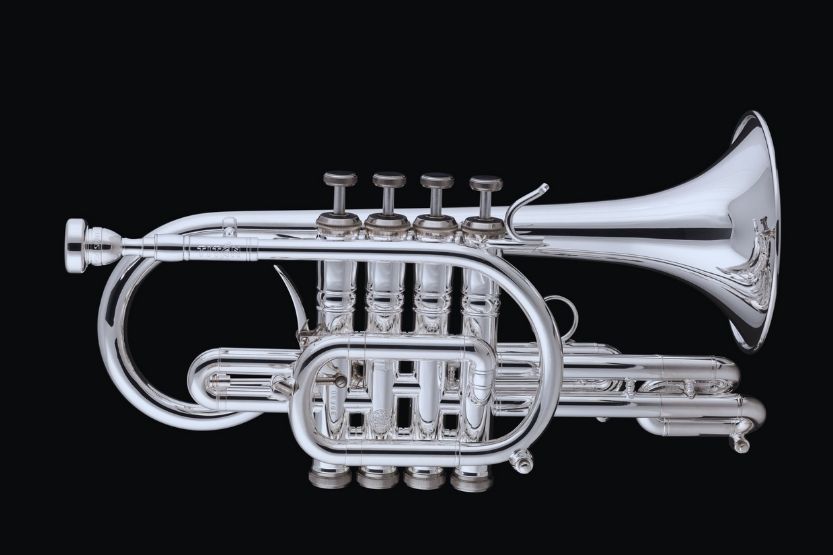
People who don’t play a brass instrument think that the cornet and the trumpet are the same. I can only guess that one reason people have this belief is that Armstrong could easily shift from cornet to trumpet.
Well, once you know that these two instruments have many differences, you will all the more admire Armstrong for being skilled in shifting from one instrument to another.
The cornet and the trumpet differ in the following areas:
- History
- Sound
- Design
- Ensembles They Play In
Let’s briefly talk about this topic:
1. History
The cornet and the trumpet have their histories.
Trumpet Was Initially Made from Horn
The trumpet has been around for centuries or even millennia. It was initially made from a horn and was merely used as a signal. But the design developed over time until it became an elegant metal version of a signal horn. Musicians incorporated valves until the trumpet evolved to become a new musical instrument officially.
Utilized for Military and Ceremonial Purposes
In essence, the trumpet has always been used for military and ceremonial purposes. It was not initially intended for musical purposes. But now, it is one of the best-sounding musical instruments known worldwide.
Cornet Is More Modern Than Trumpet
On the contrary, the cornet is more modern than the trumpet, as it was invented only in the early 1800s. Musicians incorporated the valves in a post horn to develop a musical instrument that can produce a broader range but not sound like the trumpet.
2. Sound
Click here to see this Eastar Bb Standard Trumpet on Amazon.
The cornet and the trumpet do not sound similar, but only musicians notice this. To the listeners, they might not know the difference.
Difference Between Soprano Eb and Regular Bb Cornets’ Sound
Two types of the cornet, namely, the Soprano Eb Cornet and the Regular Bb Cornet, sound differently.
The Regular Bb Cornet produces a lower sound compared to the Soprano Eb Cornet. That’s why cornet players occasionally swap between two instruments while doing a brass band performance. Meaning, they use both the Regular Bb Cornet and the Soprano Eb Cornet to play an entire musical range.
A Trumpet Has a Clearer and Livelier Sound
When it comes to tone, the trumpet features a clearer and livelier sound. At the same time, the cornet features a broader and deeper sound.
3. Design
The cornet and the trumpet are designed differently, too.
Tubing
These two instruments have different numbers of curves in their tubing. When it comes to the cornet, there are four 180 degree curves in its tubing. Whereas the trumpet only has two curves in its tubing.
Shapes
Their shapes are not similar too. The cornet features a conically shaped bore. This means that its main bit leads up to the bell where the sound comes out. As for the trumpet, it features a cylindrical-shaped bore.
Mouthpiece
The mouthpieces of the cornet and the trumpet are also different. If you look closely at a trumpet, its mouthpiece is shallow and bowl-shaped. It is the only brass instrument bearing this shape of mouthpiece.
On the contrary, the cornet features a deeper mouthpiece that has a v shape. It’s quite difficult to notice the differences in the mouthpiece. But if you have tried playing these instruments, you would know that they are indeed not similar at all.
Valve Placement
The cornet’s valve placement is 2/3 of the way up to the tubing compared to the trumpet’s valve placement that is only 1/2 of the way up to the tubing.
4. Ensembles Where Musicians Play These Instruments
There are several similarities in the ensemble where the cornet and the trumpet are played in. But there are some differences too.
For instance, the cornet is mostly used in concert bands, brass bands, and specific orchestra groups. At the same time, the trumpet is more versatile. It is typically used in concert bands, orchestras, brass quintets, mariachi, and jazz groups.
Which Is Easier to Learn – Cornet or Trumpet?
Click here to see this pInstrument pCornet Plastic Cornet on Amazon.
Indeed, you are now curious as to which of these two instruments is easier to learn. The answer is either of the two.
For beginners, you might think that it’s easier to learn how to play the cornet since it is smaller in length and has a narrower mouthpiece. Beginners can handle it well and can comfortably produce a greater range of notes.
Indeed, it is an advantage if you already know how to play the cornet and when you eventually decide to learn how to play the trumpet. But it is not a prerequisite to understanding the cornet first before you start learning the trumpet.
If you are more interested in the trumpet, go ahead and learn to play it even without trying the cornet. After all, they are two different musical instruments.
Suffice to say that it’s not about which is easier to learn. Instead, you should ask, which instrument do you prefer to learn? More than anything else, it all boils down to sound, as in which sound you are more interested in.
Conclusion – What Instrument Did Louis Armstrong Play?
Louis Armstrong, an internationally known American vocalist and trumpeter, had used many trumpets throughout his career. But his most popular trumpet of all was the one made by Henri Selmer of Paris. The National Museum of African American History and Culture currently displays his brass trumpet.
This brass trumpet exhibited at the NMAAHC is only one of the many trumpets he had owned in his lifetime. He had a habit of passing on his trumpet every five years to a colleague or a friend. Indeed, those with his trumpets are so lucky and blessed to own such an important part of Armstrong.








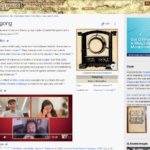
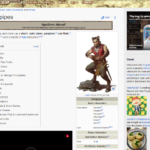

![Read more about the article What Are the Most Popular Instruments? [10 Top]](https://musicalinstrumentpro.com/wp-content/uploads/2021/02/most-popular-instruments-300x200.jpg)

